#Marfo-Mariinsky Convent
Text









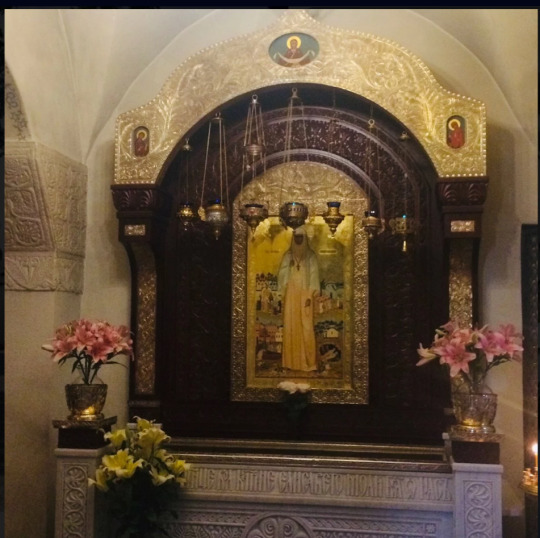
The House that Grand Duchess Elizabeth Feodorovna Built
The Marfo-Mariinsky Convent in Moscow is worth visiting for a variety of reasons, the least of which is the esthetics, which are incredibly modern for the time in which the convent was built (the icons, frescoes, and other decorations were executed by Mikhail Nesterov; the pleasing, open interiors are painted in a combination of white, blue and gold.) To appreciate the convent, knowing who built it, when, and for what purpose is necessary. This functional and singular organization was conceived in Russia by a Lutheran English princess who had converted to orthodoxy and might have had great experience organizing charities but nothing of this complexity, magnitude, and modernity.
In 1890, two years after the assassination of her husband, Grand Duke Sergey Romanov, Grand Duchess Elisabeth Feodorovna established the Marfo-Mariinsky Convent in Moscow. The convent gained a reputation and worldwide fame in her lifetime which it has kept to this day.
In Ella's conception of monasticism, Saint Elisabeth combined two models of service to Christ: Active, as exemplified by Martha, and Contemplative, like Mary's. This conception made her Convent different from all other institutions of its kind in Russia; at the time, nuns dedicated themselves to the contemplative life (their main function was to intercede for us with their prayers; they did not leave the convent.) The sisters at the Marfo-Mariinsky Convent prayed but spent most of their time visiting the poor. They made regular rounds of the homeless shelters, helped homeless children find places at orphanages, and found jobs for the unemployed. From 1914 to 1917, about 150 sisters served there in its peak years. Their Mother Superior, Ella, actively participated in all these activities. One could say that Princess Elizabeth of Hesse and by Rhine singly introduced social work in Russia.
Saint Elisabeth worked hard to facilitate the construction of the Convent’s two churches. The hospital church of Martha and Mary was consecrated in 1909, and the Church of the Protection of the Mother of God in 1912.
Apart from the churches, the convent started with four buildings: a sisters’ compound with a refectory, a large hospital with an outpatient clinic, the mother superior’s quarters, and the clergy house. The clergy house accommodated an impressive public library, classrooms, and a dormitory for orphaned children. It was also home to the Sunday school for women factory workers. When the number of sisters grew, a three-storied dormitory compound was built for them. Eventually, the Convent acquired several more buildings nearby. One housed a soup kitchen for the poor, serving hundreds of meals daily for a symbolic price. Next to the soup kitchen were the apartment quarters providing affordable housing for the poor.
The convent also had a hospital for the poor (the first surgery was performed on Grand Duchess Elisabeth – the surgeons successfully removed a benign tumor.) Traditionally, the hospital has been seen as one of the Convent’s great achievements, and the surgical ward had a reputation for being one of the best in Moscow. Thirty-four best doctors worked here as volunteers. The Convent’s pharmacy supplied the poor with free medicines.
After the martyrdom of its founder in 1918, the Convent existed for almost 8 years, and then the church was closed. The revival of the Marfo-Mariinsky Convent began in 1992. In 2008, the entire complex of buildings was fully renovated. The former quarters of the Grand Duchess Elisabeth are now a museum exhibiting her personal belongings and letters.
#russian history#romanov dynasty#Grand Duchess Elizabeth Feodorovna#Princess Elizabeth of Hesse and by Rhine#Marfo-Mariinsky Convent
12 notes
·
View notes
Text

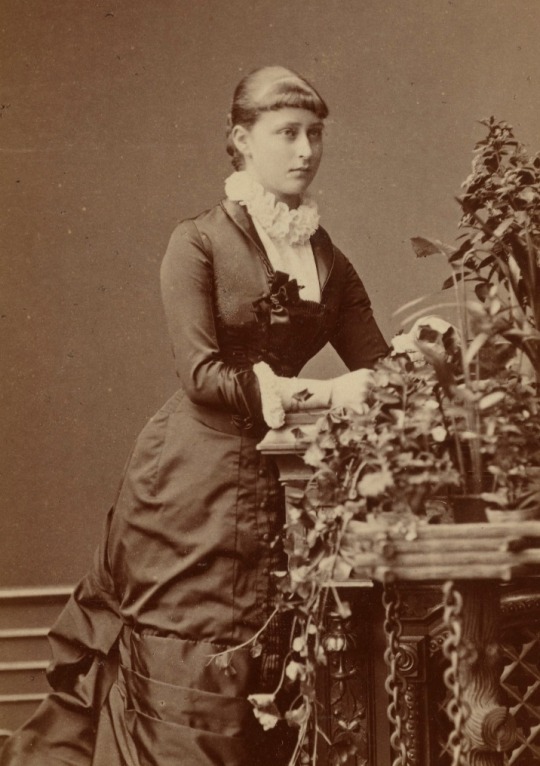

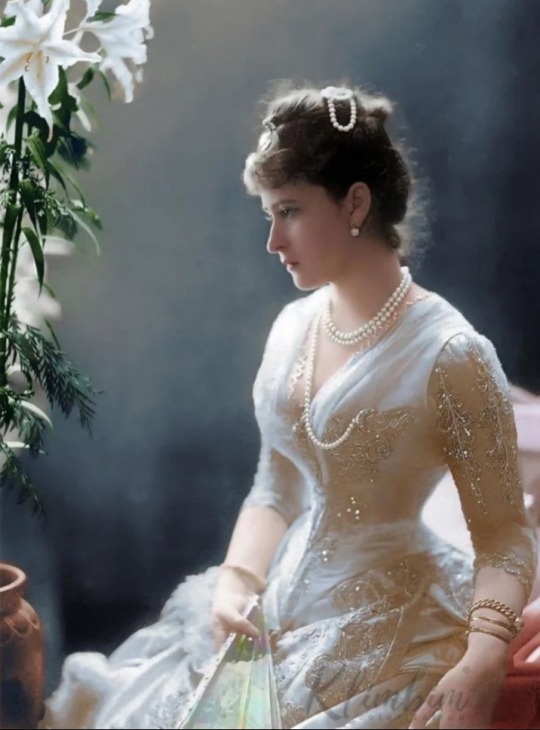
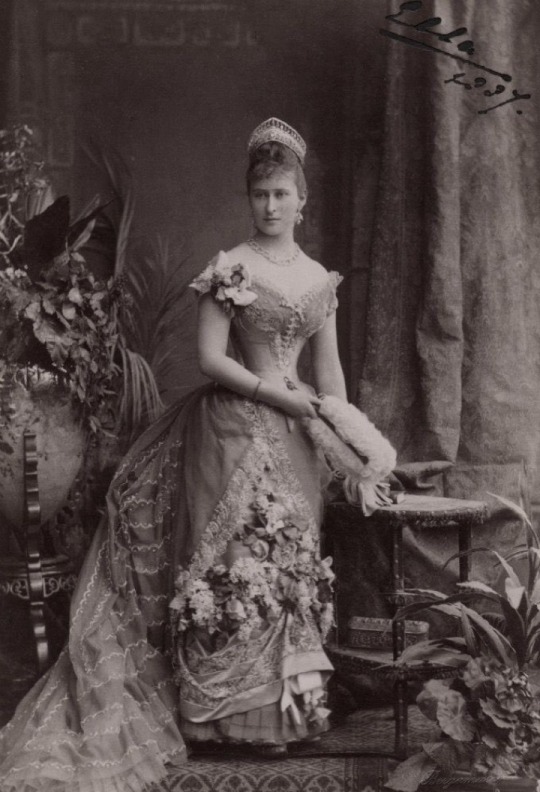
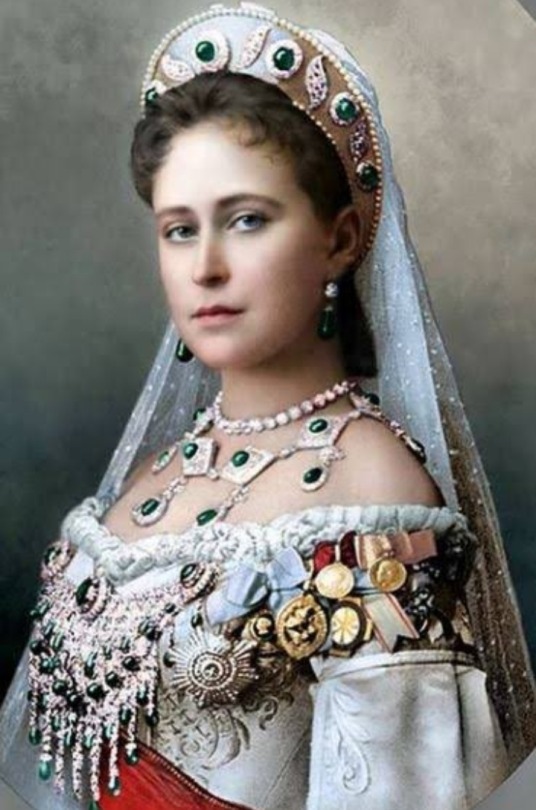
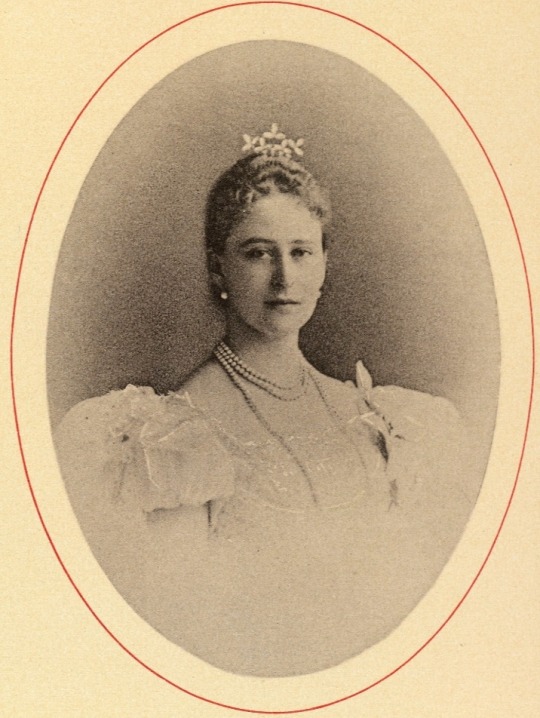



BORN ON THIS DAY:
Grand Duchess Elizabeth Feodorovna of Russia (born Princess Elisabeth of Hesse and by Rhine; 1 November 1864 – 18 July 1918) was a German Hessian and Rhenish princess of the House of Hesse-Darmstadt.
She was the wife of Grand Duke Sergei Alexandrovich of Russia, the fifth son of Emperor Alexander II of Russia and Princess Marie of Hesse and by Rhine.
A granddaughter of Queen Victoria and an older sister of Alexandra, the last Russian Empress, Elisabeth became famous in Russian society for her dignified beauty and charitable works among the poor.
After the Socialist Revolutionary Party's Combat Organization assassinated her husband with a bomb in 1905, Elisabeth publicly forgave Sergei's murderer, Ivan Kalyayev, and campaigned without success for him to be pardoned.
She then departed the Imperial Court and became a nun, founding the Marfo-Mariinsky Convent dedicated to helping the downtrodden of Moscow.
In 1918, she was arrested and ultimately killed by the Bolsheviks.
She was canonized by the Russian Orthodox Church Abroad in 1981 and by the Moscow Patriarchate in 1992 as Holy Martyr Elizabeth Feodorovna (Saint Elizabeth Romanova / Saint Elizabeth the New Martyr).
#Grand Duchess Elizabeth Feodorovna of Russia#Princess Elisabeth of Hesse and by Rhine#House of Hesse-Darmstadt#House of Saxe-Coburg and Gotha#British Royal Family
1 note
·
View note
Link
We met Mother Maria (Sidiropoulo), abbess of the only Orthodox convent in Germany, a few years ago in Moscow’s Marfo-Mariinsky Convent of Mercy. On that day, the director and telejournalist from Syktyvkara, Vladimir Krivtsun, was shooting a documentary on Grand Duchess Elizaveta Feodorovna. Imagine our surprise when we found a nun, fluent in Russian, in Pokrovsky Church, who had come from an Orthodox convent not far from Munich. The resourceful Vladimir immediately pointed the camera at her. She became one of the main figures of the film titled Grand Duchess Elizabeth. Now we are meeting with Mother Maria at the “Orthodox Russia” Exhibition in Manezh, where her convent has a booth, which we think is the only one representing the Russian Orthodox Church Outside of Russia.
0 notes
Photo

Princess Elisabeth of Hesse and by Rhine, later Grand Duchess Elizabeth Feodorovna of Russia (1 November 1864 – 18 July 1918) was a German Hessian and Rhenish princess of the House of Hesse-Darmstadt, and the wife of Grand Duke Sergei Alexandrovich of Russia, the fifth son of Emperor Alexander II of Russia and Princess Marie of Hesse and by Rhine. She was also a maternal great-aunt of Prince Philip, Duke of Edinburgh, the consort of Queen Elizabeth II.
A granddaughter of Queen Victoria and an older sister of Alexandra, the last Russian Empress, Elisabeth became famous in Russian society for her beauty and charitable works among the poor. After the Socialist Revolutionary Party's Combat Organization assassinated her husband with a bomb in 1905, Elisabeth publicly forgave Sergei's murderer, Ivan Kalyayev, and campaigned without success for him to be pardoned. She then departed the Imperial Court and became a nun, founding the Marfo-Mariinsky Convent dedicated to helping the downtrodden of Moscow. In 1918 she was arrested and ultimately murdered by the Bolsheviks.
In 1981 Elisabeth was canonized by the Russian Orthodox Church Abroad, and in 1992 by the Moscow Patriarchate.
#Elisabeth of Hesse and by Rhine#House Hesse-Darmstadt#XIX century#XX century#people#portrait#photo#photography#Black and White
84 notes
·
View notes
Text

The Grand Duchess Elisabeth Feodorovna Romanova of Russia as Superior of the Order and Community of Saints Martha and Mary, which she established in Moscow, Russia.
Marfo-Mariinsky Convent, or Martha and Mary Convent of Mercy in the Possession of Grand Duchess Elizabeth Feodorovna Марфо-Мариинская обитель, Марфо-Мариинская обитель милосердия во владении великой княгини Елизаветы Фёдоровны is a female convent in Moscow.
The convent was founded in 1908 by Grand Duchess Elisabeth Feodorovna Romanova of Russia,to assist sick, wounded, and maimed soldiers in their recovery, and to provide for the needs of the poor and orphans.
Grand Duchess Elisabeth was the widow of Grand Duke Sergeii Alexandrovich RomanovofRussia, who had been assassinated by terrorists in 1905. After her husband's death, she gave away her magnificent collection of jewels, including her wedding ring, and sold her other possessions. With the proceeds, she opened the Convent of SS Martha and Mary and became its abbess. Her vision was to begin a religious community, made up of women from all social strata, that would merge the ideals of saints Martha and Mary, dedicated both to prayer and to serving the needs of the poor. She purchased a tract of land in Moscow and constructed a hospital, an orphanage for girls, and quarters for the nuns. Working in conjunction with church authorities she developed the monastic rule and habit—which differed somewhat from the traditional habit of Orthodox nuns—that would be used at the convent. At its peak, the convent housed 97 sisters and served 300 meals daily to the poor.
3 notes
·
View notes
Photo

Princess Elisabeth of Hesse and by Rhine, later Grand Duchess Elizabeth Feodorovna of Russia (Великая княгиня Елизавета Фëдоровна Романова was canonized as Holy Martyr Elizabeth Feodorovna) was born on 1st November 1864 and died 18 July 1918. She was a princess of the House of Hesse-Darmstadt and the wife of Grand Duke Sergei Alexandrovich of Russia, and also granddaughter of Queen Victoria and an older sister of Alexandra, the last Russian Empress.After the Socialist Revolutionary Party's Combat Organization assassinated her husband with a bomb in 1905, Elisabeth publicly forgave Sergei's murderer, Ivan Kalyayev, and campaigned without success for him to be pardoned.
Right after this She became a nun, founding the Marfo-Mariinsky Convent, soon She opened also hospital, a chapel, a pharmacy and an orphanage on its grounds. Elisabeth and her nuns worked tirelessly among the poor and the sick of Moscow. She often visited Moscow's worst slums and did all she could to help alleviate the suffering of the poor.
During the First World War, Elizabeth actively took care of the Russian imperial army, including soldiers wounded in battles. At the same time she tried to help the prisoners of war. She personally helped with operations also sat next to the beds of soldiers, fed them and spoke to them.
In 1918 she was arrested and murdered by the Bolsheviks. In 1981 Elisabeth was canonized by the Russian Orthodox Church Abroad, and in 1992 by the Moscow Patriarchate.
2 notes
·
View notes
Text
Elizabeth Feodorovna
A granddaughter of Queen Victoria and an older sister of Alexandra_ the last Russian Empress_, Elizabeth became famous in Russian society for her beauty and charitable works among the poor. After the Socialist Revolutionary Party´s Combat Organization assassinated her husband with a bomb in 1905, Elizabeth publicly forgave Sergei's murderer and campaigned without success for him to be pardoned. She then departed the Imperial Court and became a nun, founding the Marfo-Mariinsky Convent dedicated to helping the downtrodden of Moscow.
In 1918 she was arrested and ultimately executed by the Bolsheviks, even though she neves had nothing to do with politics. In 1981 Elizabeth was canonized by the Russian Orthodox Church, and in 1992 by the Moscow Patriarchate.
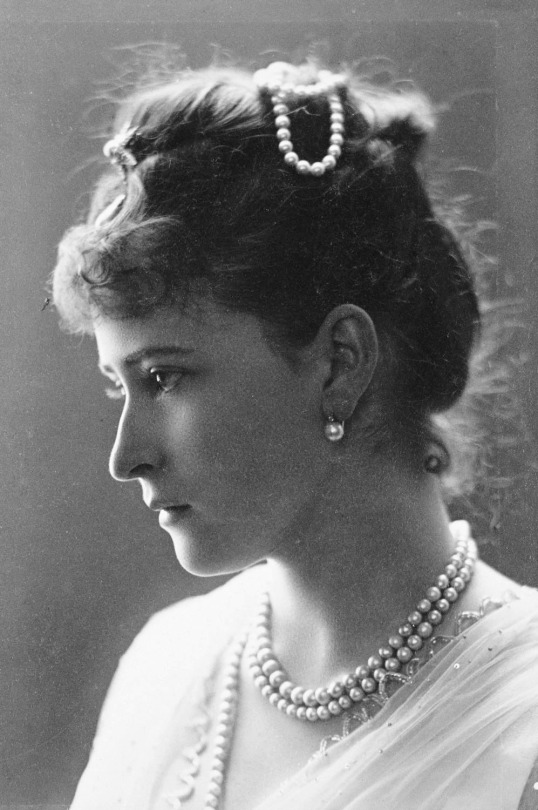
22 notes
·
View notes
Photo
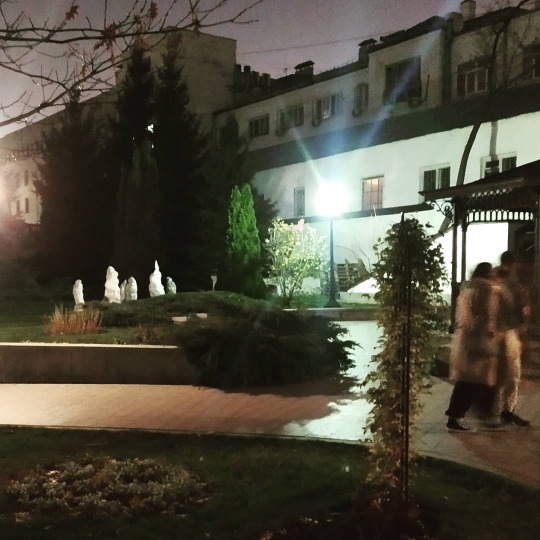
в Marfo-Mariinsky Convent https://www.instagram.com/p/CWY18imLvIn/?utm_medium=tumblr
0 notes
Photo

#обитель #Щусев (at Marfo-Mariinsky Convent) https://www.instagram.com/p/CQ3ZEX3LQj0/?utm_medium=tumblr
0 notes
Text
“It’s far likelier, though, that Charles cleaves to the trappings of the Eastern Orthodox tradition—particularly its Greek iteration—simply because it is a tradition. One didactic anecdote that has appeared in a number of Russian publications, and has even become a sort of inspirational quote, recalls the prince saying to an audience in a “closed English club” that: “[W]e are all running into an abyss of depravity, debauchery, looting, thievery, complete immorality, to full corruption. The sole place, which I see, where maybe such a revival could begin is Russia.” Never mind that the report is of questionable veracity at best; even years after Charles compared Putin’s activities in Crimea to Hitler’s irredentism, nationalist publications like Zavtra (Tomorrow) have brandished Charles’s alleged praise of Russia as a virtual campaign endorsement.
Given that he’s presently next in line to lead the Church of England as its supreme governor, Charles’s religious proclivities may seem eclectic, even confusing. Yet in an age marked by the global conservative elite infatuation with the idea of employing “traditionalist” and small-o “orthodox” Christianity as a bludgeon against modernism, Charles’s religious thought and activism deserve more serious consideration. A deep interest in the Orthodox spirituality of his forefathers is one thing—indeed, it’s an unstated obligation for any blue-blooded royal. But Charles’s romance with the Orthodox tradition carries with it more than a whiff of ideological morale-boosting, as this heir to a decrepit, socially useless monarchy ponders his own family’s eventual descent into political and moral irrelevance.
His spiritual odyssey has alternated bizarre, over-the-top displays of grandiose wealth—like, say, his son’s recent wedding—with carefully managed excursions to sites of spiritual cleansing.
For Western reactionaries of the post-Vatican II era, Eastern Orthodox Christianity, along with more “traditionalist” strains of belief, have served as soothing balm for the ultra-conservative mind. Adherents have seized the tri-bar cross while attempting to carry out William F. Buckley’s maxim that one ought “to stand athwart history, yelling ‘stop.’” The American Conservative’s tiresome Orthodox reactionary-in-residence Rod Dreher wrote in 2012 that the apparent “procedural stasis” of the Orthodox Church is a “blessing.”
Still, it must be averred that, unlike such ardent fellow Orthodox travelers, Charles comes by his spiritual interests in the traditional way—via his family history. Charles’s paternal grandmother, Princess Alice of Greece, founded an order of nuns that came to be known as the Christian Sisterhood of Martha and Mary. Alice’s aunt, the late Grand Duchess Elizabeth Feodorovna of Russia, was also inspired by the monastic life, having founded the Marfo-Mariinsky Convent in 1909—four years after the death of her husband, Grand Duke Sergei Alexandrovich Romanov. Though Elizabeth was executed by the Bolsheviks in 1918, hagiographical accounts of her death frame her as a martyr for Russian Orthodoxy. One such account, ostensibly from one of her assassins, tells of her singing prayers to God after being brutalized and thrown down a mine shaft. She was canonized in 1992, one year after the collapse of the Soviet Union.
Like both Alice and Elizabeth, the prince has made use of the copious leisure at his disposal to explore the austere rigors of the monastic life, at least intermittently. While this fascination likely never did (or shall) produce the secret conversion that causes so much wistful sighing in Orthodox centers of power from Russia to Greece, there’s no denying that Charles has long carried the torch for Orthodoxy. In addition to his numerous visits to Holy Mountain, Charles has served as the royal patron for the philanthropic venture since 2012, Friends of Mount Athos, which is headed by none other than one of England’s foremost Orthodox theologians, Metropolitan Kallistos Ware of Diokleia. Charles’s father, Prince Philip, is an honorary member of the foundation as well.
Charles’s patronage of, and admiration for, the Orthodox cause fits into a broader trend of looking “East” for an alternative—perhaps even for a counter—to the alienation and despair of Western secularism. And the traditionalist Temenos Academy is the perfect vessel of this restorative faith for Western seekers of a certain Spenglerian outlook.”
- Hannah Gais, “Rites of Power.” The Baffler. July 26, 2018.
#eastern orthodoxy#eastern orthodox church#prince charles#temenos academy#princess alice of greece#religious conservatism#anti-modernism#Friends of Mount Athos#orthodox spirituality#royal family#ideological morale boosting#british aristocracy#the mystical east
0 notes
Text

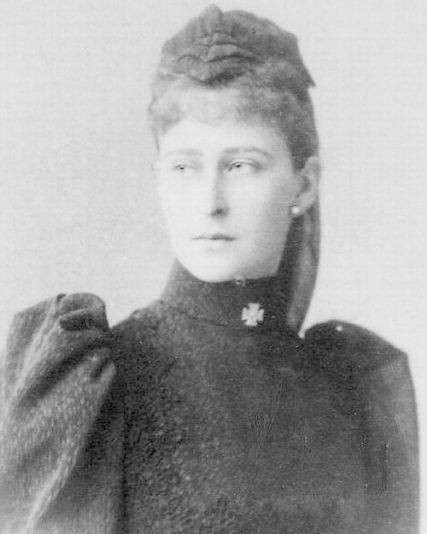
The Grand Duchess Elisabeth Feodorovna Romanova of Russia as Superior of the Order and Community of Saints Martha and Mary, which she established in Moscow, Russia.
📌 Marfo-Mariinsky Convent, or Martha and Mary Convent of Mercy in the Possession of Grand Duchess Elizabeth Feodorovna is a female convent in Moscow,Russia.The convent was founded in 1908 by Grand Duchess Elisabeth Feodorovna of Russia, the sister of Empress Alexandra Feodorovna,to assist sick, wounded, and maimed soldiers in their recovery, and to provide for the needs of the poor and orphans.
1 note
·
View note